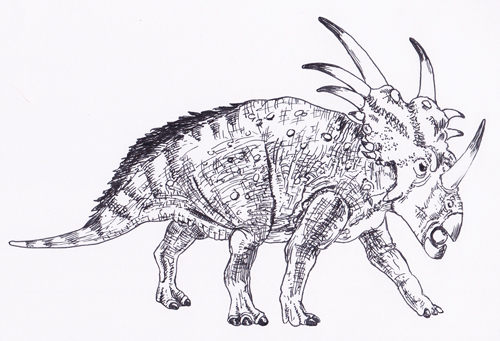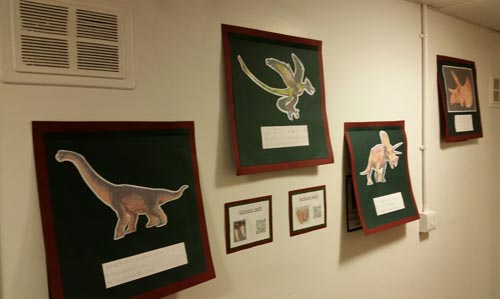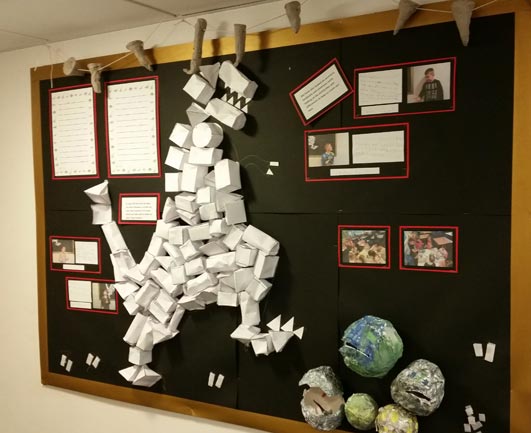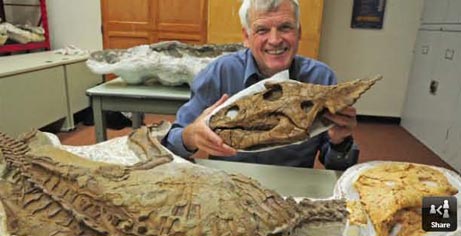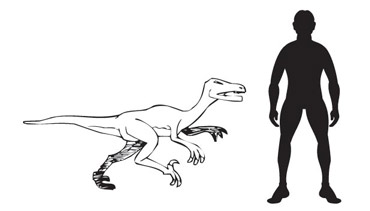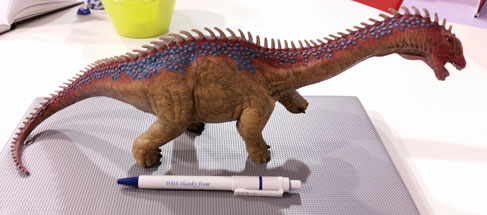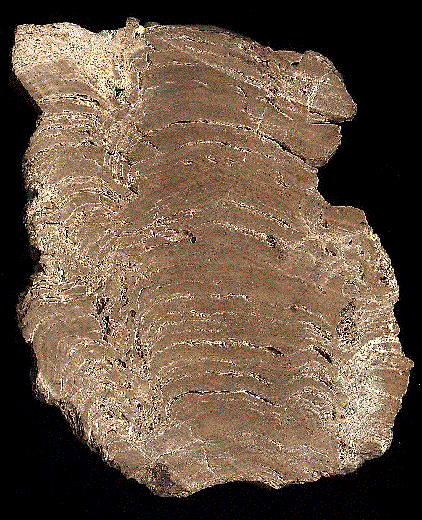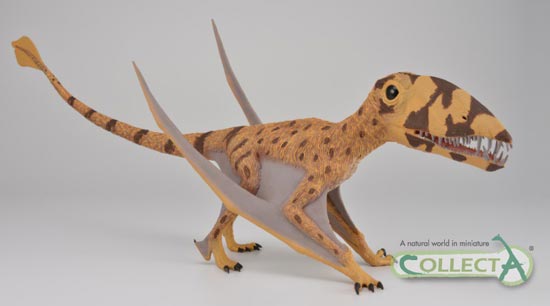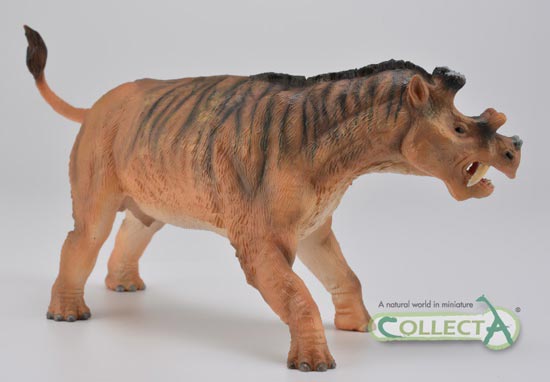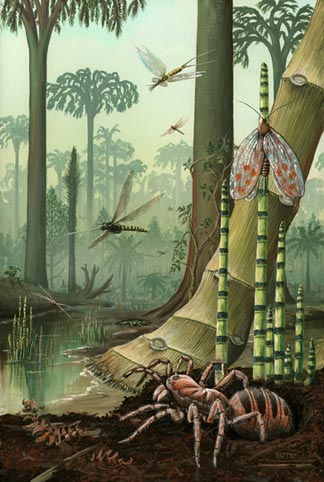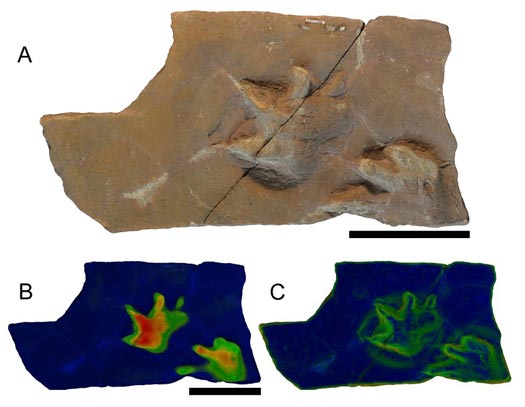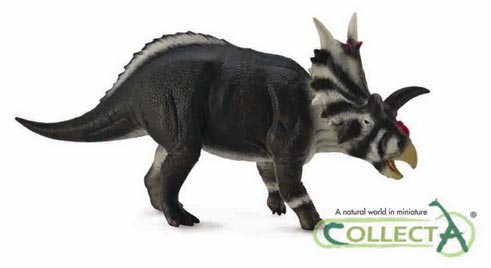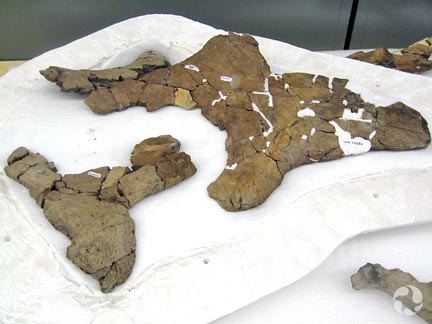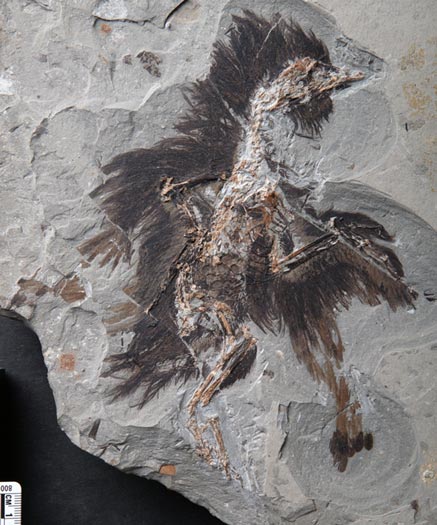The Genome of the Ginkgo Reveals Secret of Success
A team of international scientists writing in the open-access journal “GigaScience”, have published a paper that maps the genome of a “living fossil” – the Ginkgo tree.
The extant Ginkgo (Ginkgo biloba), is the only representative of a division of the Plantae Kingdom called the Ginkgophyta. Native to China, this slow-growing tree with its distinctive fan-shaped leaves has a fossil record that dates back to the Permian. Also called the Maidenhair tree, Ginkgo biloba is the only living species of a once diverse and widespread group that thrived during the Mesozoic. The evolutionary origins of the Ginkgophyta are unclear, with the huge genome of G. biloba mapped, it may be possible to trace the ancestry of this enigmatic plant.
The Genome of the “Living Fossil” Ginkgo Biloba has been Mapped

A small Ginkgo tree (G. biloba). The genome of Ginkgo biloba has been mapped.
Picture credit: Everything Dinosaur
Visit Everything Dinosaur’s website: Everything Dinosaur.
What is a Genome?
A genome is a complete set of genetic instructions required to build an organism, allow it to grow, develop and function properly. The instructions are comprised of DNA (Deoxyribonucleic acid), which itself consists of four nucleotide bases adenine, thymine, cytosine and guanine (plus other materials that make up the DNA molecule such as phosphate and sugars).
The DNA is contained in chromosomes, which are found in the nucleus of most cells. The four nucleotides are arranged in pairs, adenine binds to thymine and cytosine unites with guanine. The gene is the unit of inheritance, sections of the DNA consisting of an arrangement of the four base pairs make up a single gene and it is this gene that provides the instructions to build and maintain the organism.
Each organism has a unique genome and the length of these genetic instructions varies. For example, the human genome is comprised of around 3.2 billion base pairs, if the genome of H. sapiens was printed out and put into paperback books, the stack of books would be over sixty metres tall, about as high as the monument to the Great Fire of London adjacent to London Bridge.
The Ginkgo Tree Has a Much Bigger Genome
However, the Ginkgo has a much bigger genome, consisting of approximately 10.6 billion base pairs. If the genome of G. biloba was printed into paperback form, the stack of books would reach over 200 metres high, that’s as tall as the giant cooling towers of the Fidlers Ferry Power station that dominates the Cheshire landscape.
The Human Genome Compared to the Much Larger Genome of Ginkgo biloba
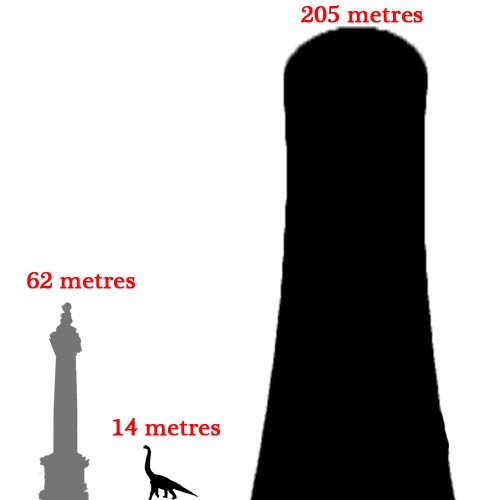
If the human genome and the Ginkgo genome were printed as paperbacks, the tower of books representing the Ginkgo genome would be more than three times higher.
Picture credit: Everything Dinosaur
In the picture above, the human genome if printed out into paperback books, would make a stack some 62 metres tall. The much larger genome of G. biloba would make a tower of books over 200 metres high. A Brachiosaurus is shown for scale.
The Extraordinary Biology of G. biloba
The research team, which included members of the Chinese Academy of Sciences and scientists from Zhejiang University, are trying to find out why individual trees can live so long and how they overcome insect and fungi attacks. The Ginkgo genome mapping study is part of a much larger research project studying plant defences against pathogens. This investigation will help palaeobotanists to better understand the evolutionary history of the Ginkgophyta and how they relate (phylogeny) to other plant groups.
Professor Yunpeng Zhao (Zhejiang University), one of the authors of the scientific paper commented:
“Ginkgo represents one of the five living groups of seed plants, and has no living relatives. Such a genome fills a major phylogenetic gap of land plants, and provides key genetic resources to address evolutionary questions like phylogenetic relationships of gymnosperm lineages, evolution of genome and genes in land plants, innovation of developmental traits, evolution of sex as well as history of demography and distribution, resistance and conservation of the Ginkgo.”
Fossilised Ginkgo Leaves (Jurassic)
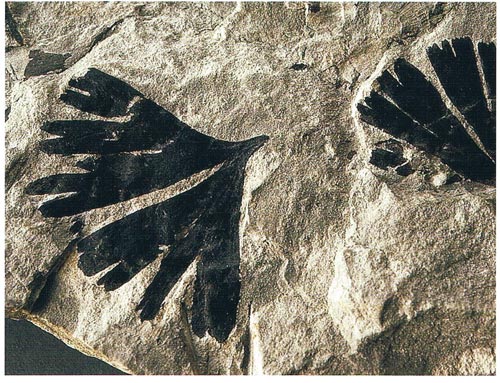
Ginkgo fossil leaves.
Picture credit: Everything Dinosaur
A Very Resilient Plant
The resilience of the Ginkgo has fascinated botanists. It has survived dramatic climate change including mini Ice Ages in its native China and Ginkgo trees in the Japanese city of Hiroshima were one of the few organisms to survive the atom bomb blast and resulting radiation, the oldest recorded individual tree germinated back in the Bronze Age.
Ginkgo trees are also able to fend off attacks from insects, bacteria and fungi. The leaves contain an arsenal of complex chemicals that provide an effective defence. To better understand the Ginkgo’s defensive systems, the authors analysed the repertoire of genes present in the genome that are known to play a role in the defence of the plant. An initial analysis of the tree’s more than 40,000 predicted genes showed extensive expansion of gene families that provide for a wide range of defensive mechanisms.
Genes that enable resistance against pathogens are often duplicated. In addition, Ginkgo trees have an extra weapon in their battle against arthropods. As well as having their own array of insecticides within their leaves, they also defend themselves against attack by releasing volatile organic compounds that specifically attract enemies of plant-eating insects.
A Living Fossil – Ginkgo biloba
The term “living fossil” is not one readily used by scientists. It implies that a species has survived unchanged of millennia. This is not true, the fossilised leaves preserved in Mesozoic and Cenozoic strata represent a wide variety of genera, but the tree’s basic body plan, its design has remained relatively unchanged for millions of years.
This new data, indicating that the Ginkgo has a formidable array of weaponry to keep it safe from harm, defence measures that seem to have come about as the genes were duplicated, might be linked to the plant’s remarkable resilience. By undertaking a study of the Ginkgo and its genome, scientists may find useful pointers to assist them in helping to produce more robust crops that can resist diseases and pests.
The CollectA Ginkgo biloba Model
CollectA added a twenty-five centimetre high model of a Ginkgo tree into their “Prehistoric Life Collection” a couple of years ago. This replica works well with the 1:20 scale range of prehistoric animal models and is very useful when creating realistic prehistoric scenes and dioramas.
The CollectA Prehistoric Life Ginkgo biloba Model
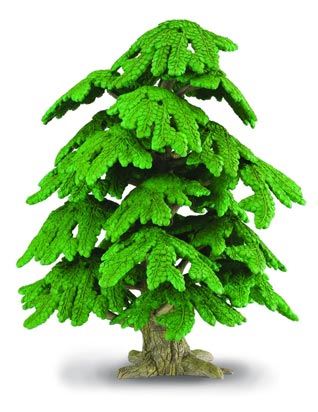
The CollectA Ginkgo biloba tree model.
To view the CollectA Ginkgo biloba replica and the other scale models in this range: CollectA Deluxe Prehistoric Animals and Models of Prehistoric Trees.


